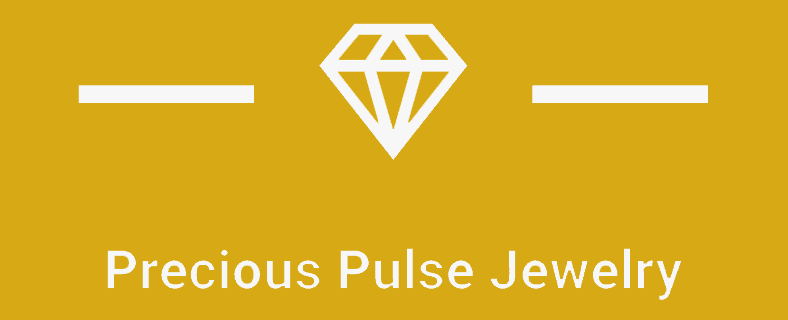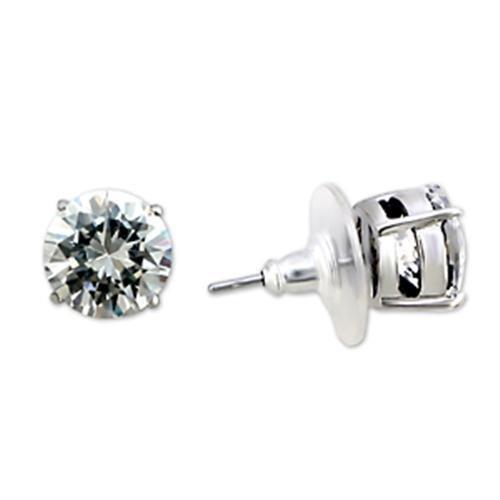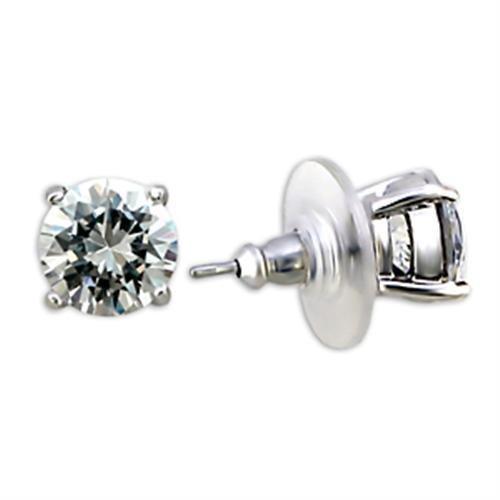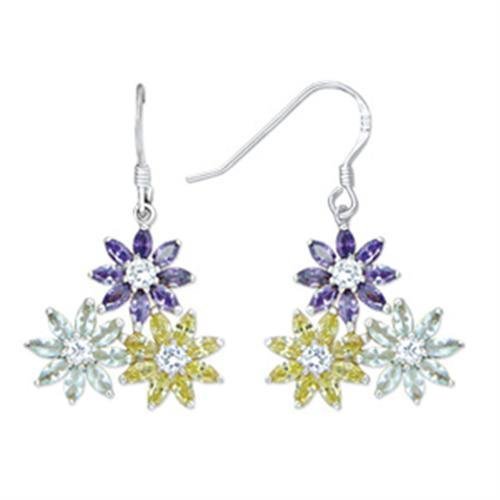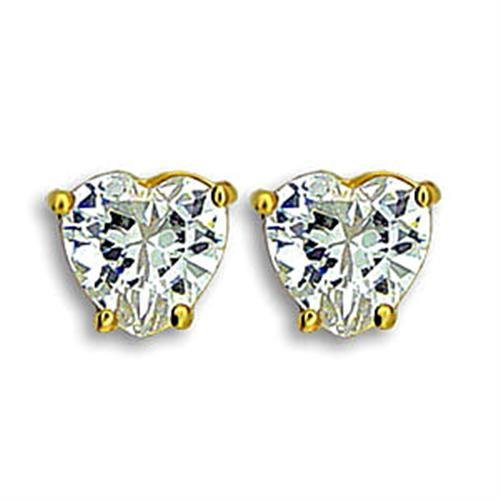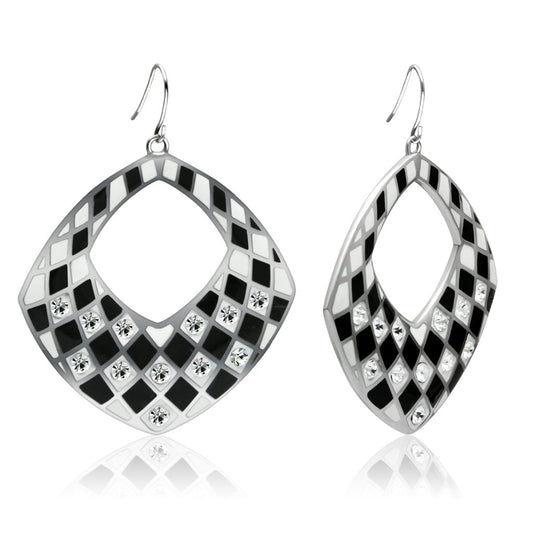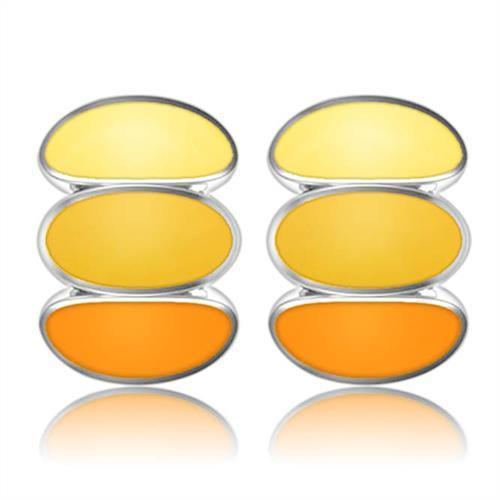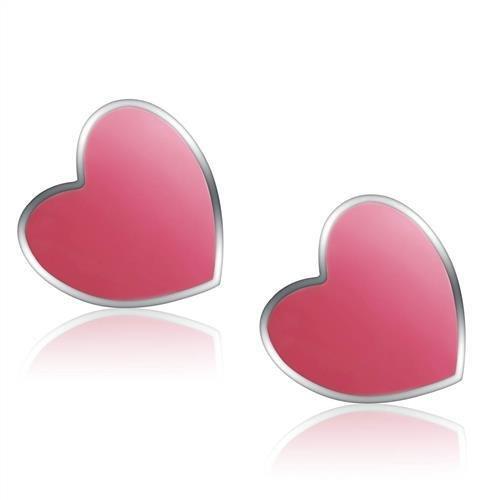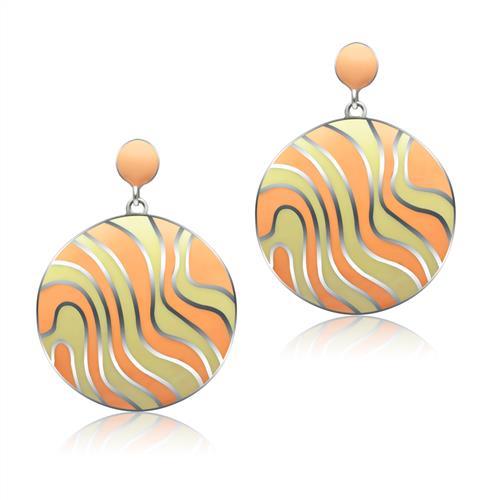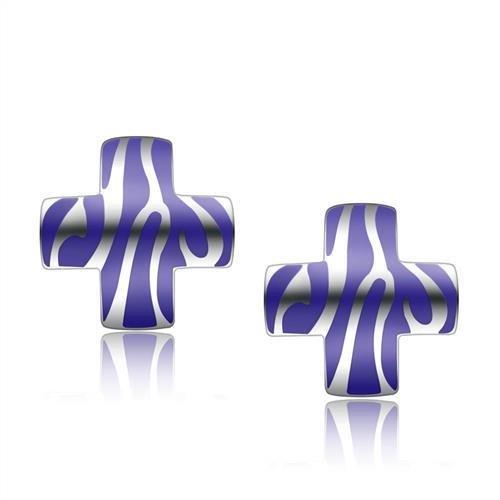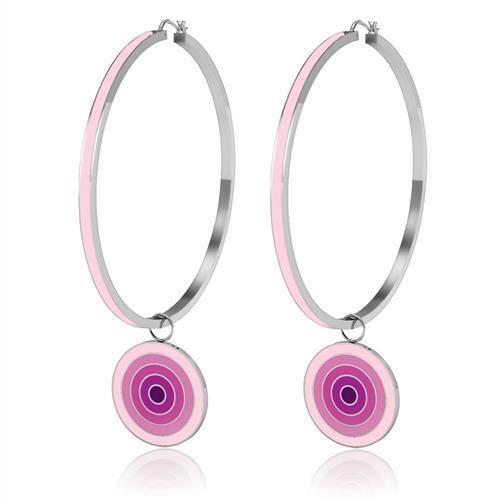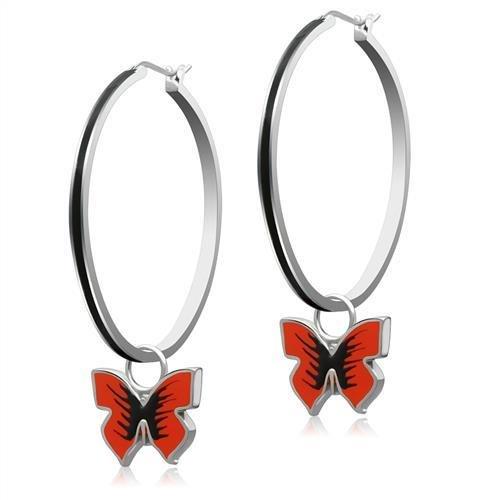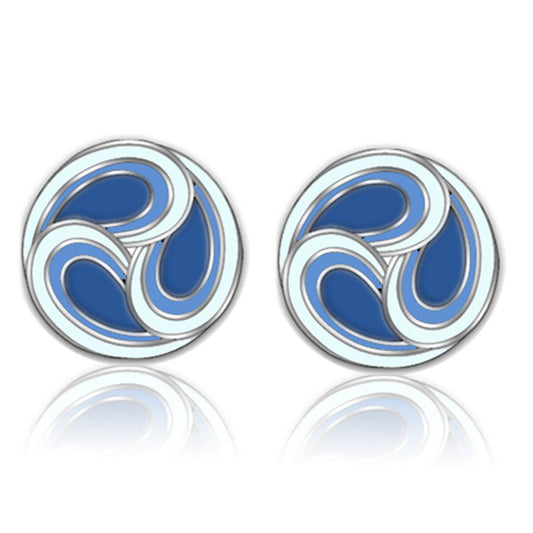A gemstone pendant is more than just a piece of jewellery—it's a symbol of elegance, sentiment, and craftsmanship. However, without proper jewellery care, even the most exquisite pieces can lose their brilliance over time.
This guide will teach you everything you need to know about caring for and maintaining the quality of a gemstone pendant. You'll discover how to clean your pendant safely, the best storage practices, and how to prevent damage from heat, chemicals, and daily wear. Whether your pendant features a delicate pearl, a brilliant sapphire, or a luxurious emerald, following these simple yet effective tips will ensure your jewellery remains in pristine condition for years to come.
The Basics of Gemstone Pendant Care
1. Cleaning Your Gemstone Pendant the Right Way
Regular gemstone cleaning is essential for maintaining the sparkle of your pendant. However, different gemstones have different care requirements.
General Cleaning Method for Most Gemstones
To safely clean your gemstone pendant:
- Use warm soapy water and a soft brush to remove dirt and oils.
- Avoid harsh chemicals like ammonia or bleach, which can damage certain stones.
- Pat dry with a soft cloth to prevent moisture control issues.
Pro Tip: Some gemstones, like opals and pearls, are particularly sensitive to water and should only be wiped with a damp cloth rather than soaked.
Using an Ultrasonic Cleaner: Proceed with Caution
While an ultrasonic cleaner can be effective for diamonds and some hard gemstones, it should never be used for porous, heat-treated, or delicate stones like:
- Emeralds (which are often treated with oils)
- Opals and pearls (which can crack due to vibrations)
- Turquoise and amber (which are soft and absorbent)
For delicate pendants, professional cleaning may be the best option. If you're unsure, consult a jewellery expert before using any mechanical cleaning methods.
2. Protecting Your Gemstone Pendant from Damage
Everyday wear exposes your jewellery to scratches, impacts, and environmental effects, so it’s crucial to be mindful of how you handle your pendant.
Avoid Hard Surfaces & Abrasive Materials
Even the hardest gemstones can chip or scratch when they come into contact with hard surfaces. Be mindful of activities that could expose your pendant to abrasive surfaces, such as:
- Cooking or cleaning
- Exercising
- Gardening or outdoor activities
Beware of Heat and Chemical Sensitivity
Many gemstones have heat sensitivity and can be permanently damaged when exposed to extreme temperatures or sudden temperature changes. Avoid direct sunlight exposure, and never leave your jewellery near:
- Radiators or heating vents
- Sunlit windowsills
- Hot water or steam
Additionally, chemical sensitivity is a major concern for gemstone jewellery. Always remove your pendant before using:
- Perfumes and lotions
- Household cleaning products
- Chlorine (especially in swimming pools)
3. Storing Your Pendant for Maximum Protection
Proper storage is just as important as cleaning when it comes to maintaining the longevity of your gemstone pendant.
- Store your pendant in a protective case lined with anti-tarnish fabric to prevent dust and oxidation.
- Keep gemstones separated to avoid scratches—diamonds, sapphires, and rubies can scratch softer stones like opals and pearls.
- When traveling, use safe transportation for jewellery by keeping your pendant in a secure, cushioned pouch.
Pro Tip: If your pendant has prongs, regularly check for loose stones and get a prong security check from a jeweller if needed.
4. The Mohs Hardness Scale: Why It Matters for Your Pendant
The Mohs Hardness Scale ranks gemstones based on their resistance to scratching. Harder gemstones can scratch softer ones, which is why proper storage and handling are crucial.
Here’s a quick look at where some common gemstones fall on the scale:
| Gemstone | Hardness (Mohs Scale) | Care Considerations |
|---|---|---|
| Diamond | 10 | Very hard but can chip if struck |
| Sapphire & Ruby | 9 | Extremely durable but avoid impacts |
| Topaz | 8 | Susceptible to scratches and heat |
| Quartz (Amethyst, Citrine) | 7 | Can be scratched by harder materials |
| Opal | 5.5 - 6.5 | Very fragile, avoid heat and pressure |
| Pearl | 2.5 - 4.5 | Extremely soft, avoid abrasives and chemicals |
Pro Tip: Never store diamonds, sapphires, or rubies alongside softer gemstones like opals or pearls. They can easily scratch them.
If you own a delicate gemstone pendant, consider wearing it only on special occasions rather than daily to extend its longevity.
5. The Impact of Gemstone Treatments on Care
Many gemstones undergo enhancements to improve their color, clarity, or durability. These treatments affect how you should clean and maintain your pendant.
Common Gemstone Treatments & Their Effects on Care
-
Heat Treatment (e.g., sapphires, rubies, aquamarine)
- Enhances color but makes the gemstone sensitive to sudden temperature changes.
- Avoid prolonged heat exposure (e.g., direct sunlight, hot water).
-
Oil Treatment (e.g., emeralds)
- Fills cracks to improve clarity.
- Avoid ultrasonic cleaners and chemicals, as they can remove the oil.
-
Resin & Wax Fillings (e.g., turquoise, opal)
- Enhances appearance but makes the gemstone vulnerable to solvents.
- Clean only with a damp cloth, avoiding detergents.
Always check with your jeweler whether your gemstone has been treated. Some treatments require extra precautions when cleaning and storing.
For more gemstone options, explore our necklace collection.
6. Preventing Tarnishing & Oxidation of Your Pendant
Even though the gemstone itself doesn’t tarnish, the metal setting of your pendant can. Tarnishing is caused by oxidation, where the metal reacts with air, moisture, and certain chemicals.
How to Prevent Tarnishing:
- Store in a jewellery box with an anti-tarnish lining.
- Wipe with a polishing cloth after each wear to remove oils and residue.
- Avoid humidity and moisture, which accelerate oxidation.
If your pendant is made from silver, tarnishing is more likely, so be extra cautious about exposure to perfumes, lotions, and water.
7. Jewellery Repair & When to Seek Professional Help
No matter how well you care for your pendant, wear and tear are inevitable over time. Regular maintenance will help catch issues early before they become serious.
Signs Your Pendant Needs Professional Attention:
✔ Loose stones – If your gemstone moves slightly, a jeweller can tighten the setting before it falls out.
✔ Scratched or dulled surface – A professional can polish or re-cut certain gemstones.
✔ Bent prongs or settings – This could cause stone loss if left unchecked.
✔ Discoloration or oxidation – If regular cleaning doesn’t restore the shine, professional cleaning may be required.
Professional inspections and cleaning should be done at least once a year, especially for high-value gemstone pendants.
Need a beautiful bracelet to match your pendant? Browse our bracelet collection.
8. Daily Wear Precautions: Protecting Your Pendant from Damage
Even if you wear your pendant every day, taking a few extra precautions will help prevent unnecessary damage.
When to Remove Your Pendant:
To avoid scratches, exposure to chemicals, and potential impact damage, remove your pendant before:
- Showering or swimming – Chlorine exposure can weaken metal settings and damage porous gemstones.
- Applying lotions, perfumes, or hairspray – Chemicals can dull gemstones and tarnish metals.
- Exercising – Sweat can react with metal settings, and pendants can be snagged or scratched.
- Household chores – Cleaning agents, extreme temperatures, and abrasive surfaces (like countertops) can harm gemstones.
Pro Tip: Always put on your pendant last after dressing and applying beauty products to minimize chemical exposure.
If you're looking for a stunning bracelet to complement your pendant, browse our bracelet collection.
9. Safe Transportation of Jewellery: Traveling with Your Pendant
When traveling, your jewellery is exposed to temperature changes, rough handling, and theft risks. Follow these steps to keep your gemstone pendant secure while on the move.
How to Pack Your Pendant for Travel:
✔ Use a protective case lined with anti-tarnish fabric to prevent scratches and oxidation.
✔ Store pendants separately to avoid stones rubbing against each other.
✔ Carry valuable gemstone jewellery in your carry-on rather than checked luggage.
✔ Avoid extreme temperatures—some gemstones, like opals and emeralds, can crack under sudden changes in heat or humidity.
✔ Use a jewellery organizer with separate compartments to prevent tangling.
Pro Tip: If traveling to a humid climate, pack a small silica gel packet in your jewellery case to absorb excess moisture and prevent tarnishing.
For a selection of high-quality gemstone pendants, explore our pendant collection.
10. Long-Term Maintenance: Ensuring Your Pendant Lasts for Generations
If properly cared for, a gemstone pendant can be passed down through generations. Regular maintenance will ensure it retains its brilliance and structure.
Annual Jewellery Maintenance Checklist:
✅ Inspect prongs and settings – Loose stones can be a disaster waiting to happen. Have them professionally checked.
✅ Professional cleaning – A jeweller can deep-clean gemstones using safe techniques.
✅ Re-polishing and refinishing – Some metals and softer stones may need occasional touch-ups.
✅ Check for scratches and chips – Early repairs prevent bigger issues later.
✅ Verify clasps and chains – Weak chains or clasps can break, risking loss.
A well-maintained gemstone pendant is an investment in both beauty and sentimental value.
Final Thoughts: A Lifetime of Sparkle
By following these care and maintenance tips, you can preserve the beauty and integrity of your gemstone pendant for a lifetime.
✔ Regular cleaning with gentle methods
✔ Proper storage to avoid scratches and tarnishing
✔ Protecting from daily wear risks
✔ Safe transportation while traveling
✔ Annual professional inspections and maintenance
If you’re ready to expand your collection, check out our exquisite gemstone necklaces and pendants:
🔹 Explore our Pendant Collection
🔹 Shop Elegant Necklaces
With proper care, your gemstone pendant will continue to shine as brilliantly as the day you first wore it.
FAQ: Caring for and Maintaining the Quality of a Gemstone Pendant
Below are 10 commonly asked questions about keeping your gemstone pendant in pristine condition. These address concerns that weren’t fully covered in the main article, providing additional insights to help you protect your jewellery investment.
1. Can I wear my gemstone pendant every day?
Yes, but it depends on the gemstone. Harder gemstones like diamonds, sapphires, and rubies (Mohs 9-10) can withstand daily wear, while softer stones like opals, pearls, and turquoise (Mohs 2-6) are more prone to scratches and damage. If wearing a delicate gemstone daily, ensure proper care, storage, and cleaning to maintain its quality.
2. What should I do if my gemstone pendant starts looking dull?
A dull appearance is often caused by buildup of oils, dirt, and residue. Try these steps:
- Clean with warm soapy water and a soft brush (avoid soaking soft or treated stones).
- Use a polishing cloth to restore metal shine.
- If dullness persists, your stone may need professional cleaning or refinishing.
3. Can I sleep with my gemstone pendant on?
It’s not recommended to sleep with a gemstone pendant. While some harder gemstones may withstand the pressure, chains can tangle, settings may weaken, and softer gemstones can chip if they press against hard surfaces while you sleep. Always store your pendant safely at night.
4. How do I clean a gemstone pendant with multiple types of stones?
When cleaning a pendant with different gemstones, use the most delicate cleaning method to avoid damaging softer or treated stones.
- Avoid ultrasonic cleaners unless all gemstones are known to be safe for them.
- Use a damp cloth for pearls, opals, and amber rather than soaking them.
- Stick to mild soap and water for most multi-gemstone pieces.
Pro Tip: If unsure, consult a jeweller before cleaning a mixed-gemstone pendant.
5. Will perfume or lotions damage my gemstone pendant?
Yes, chemicals in perfumes, lotions, and hairspray can build up on gemstones, causing them to lose their sparkle. Certain stones, like pearls and opals, are especially sensitive to chemicals, which can degrade their surface over time.
Always apply beauty products before putting on your pendant to minimize exposure.
6. What is the best way to store my gemstone pendant when I’m not wearing it?
Proper storage helps prevent scratches, tarnishing, and moisture damage. Follow these tips:
- Store in a lined jewellery box or protective case.
- Keep gemstone pendants separate from other jewellery to avoid scratches.
- Use anti-tarnish pouches for silver or gold settings.
- Keep away from sunlight and humidity, which can cause some gemstones to fade or degrade.
7. What should I do if my gemstone pendant gets exposed to water?
If your pendant accidentally gets wet, follow these steps:
- Gently pat dry with a soft cloth.
- Check the setting to ensure water hasn’t loosened any stones.
- Avoid air drying, as some stones (e.g., opals, pearls) can absorb moisture, which may cause long-term damage.
- If exposed to chlorinated or salt water, clean with mild soap and water immediately to prevent chemical damage.
8. How often should I get my gemstone pendant professionally checked?
It’s recommended to have your pendant inspected by a jeweller at least once a year, especially if:
- It contains prongs or settings that could loosen over time.
- The stone is fragile or treated (e.g., oil-treated emeralds, heat-treated sapphires).
- You wear it frequently and want to ensure it stays secure.
9. Can exposure to sunlight damage my gemstone pendant?
Yes, some gemstones are light-sensitive and can fade over time if exposed to prolonged sunlight.
- Vulnerable gemstones: Amethyst, kunzite, topaz, opal, and pearls.
- Resistant gemstones: Diamonds, sapphires, rubies, and garnets.
Store light-sensitive gemstones in a dark, cool place when not in use.
10. What should I do if my gemstone pendant chain breaks?
If the chain of your pendant breaks, avoid trying to repair it yourself as improper handling can damage the gemstone setting.
- Take it to a professional jeweller for a secure repair.
- If the pendant is still intact, consider transferring it to a stronger chain that suits its weight and style.
Pro Tip: Investing in a high-quality chain can prevent breakage and ensure your pendant remains secure.
